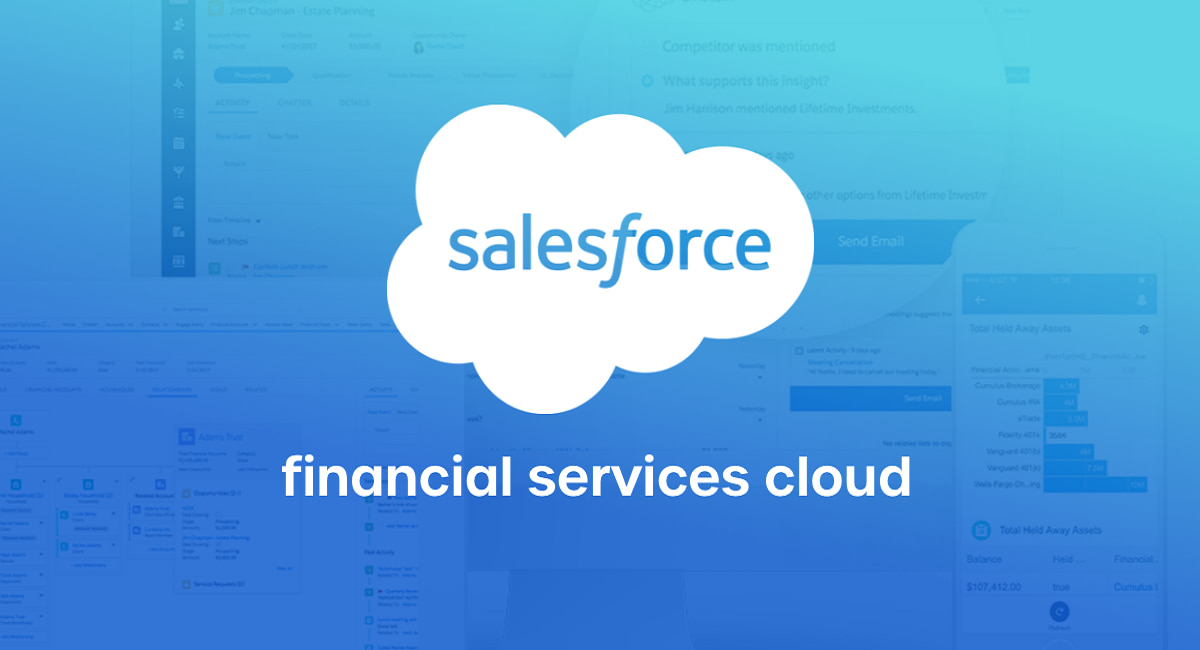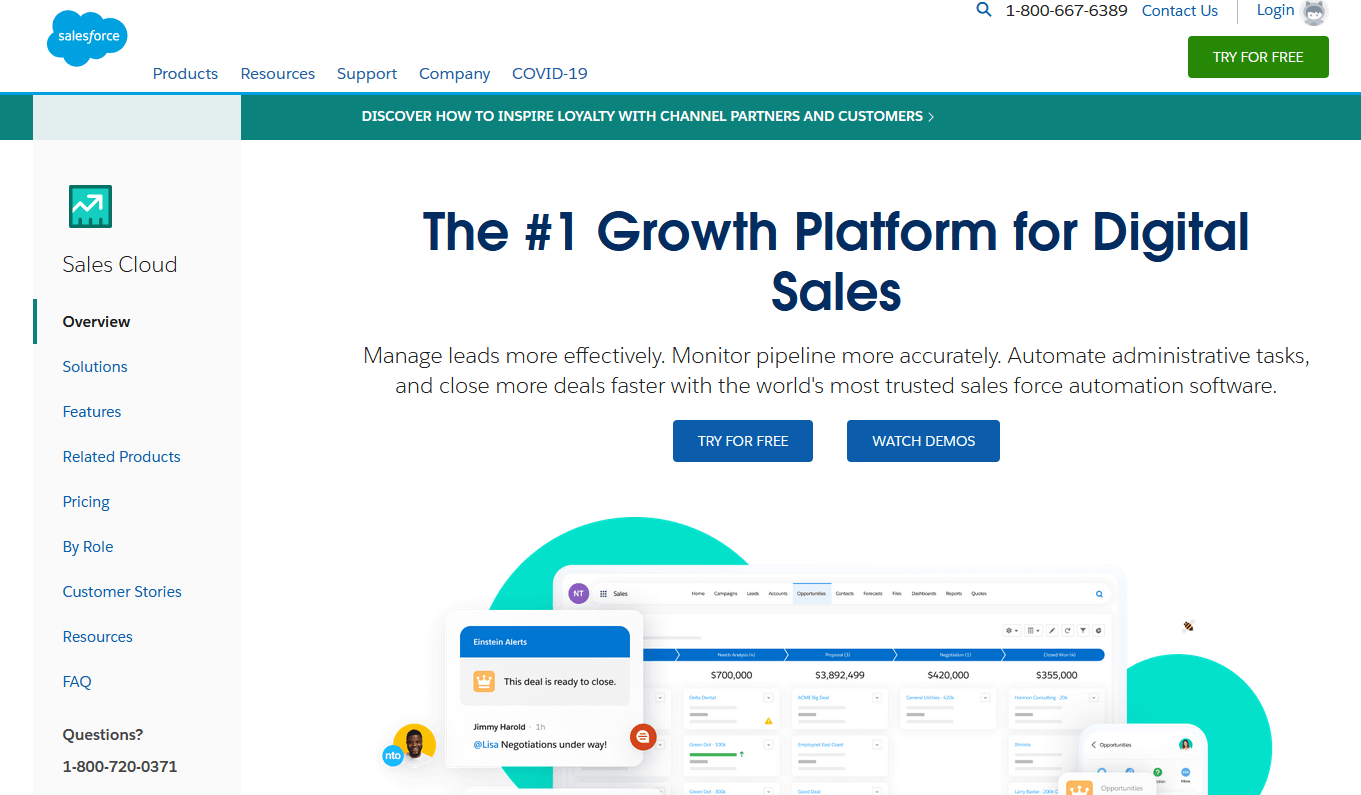Definition of Salesforce Integration
Salesforce integration is the process of connecting Salesforce, a leading customer relationship management (CRM) platform, with various other systems and applications within an organization. This integration allows for the seamless flow of data and processes, enabling businesses to operate more efficiently. It involves establishing communication between Salesforce and external systems, ensuring data consistency, and automating workflows to improve productivity.

Importance of Effective Integration in Modern Businesses
In today’s data-driven business landscape, effective integration is paramount. It enables organizations to harness the power of big data by consolidating information from various sources into a unified view. This not only enhances decision-making but also provides a holistic understanding of customer interactions and market trends. You can also check out Salesforce Alternatives here at justalternativeto.com
Understanding Salesforce Integration
What Is Salesforce Integration?
Salesforce integration refers to the process of connecting Salesforce with other systems and applications to enable seamless data sharing and automation. It eliminates data silos, allowing businesses to make informed decisions and streamline operations.
Common Integration Scenarios
1. Data Integration
Data integration involves syncing data between Salesforce and external databases or applications. This ensures that customer information, sales data, and other critical data points are consistent across systems.
2. Process Integration
Process integration focuses on automating workflows between Salesforce and other tools. It enables tasks like lead assignment, order processing, and support ticket routing to be executed seamlessly.
3. User Interface Integration
User interface integration aims to create a unified user experience by embedding Salesforce components within external applications. This allows users to interact with Salesforce data without leaving their primary work environment.
4. Benefits of Salesforce Integration
Effective Salesforce integration offers numerous advantages, including improved data accuracy, enhanced productivity, and better customer service. By breaking down data silos and automating processes, businesses can optimize their operations and gain a competitive edge in today’s data-driven business landscape. Key Components of Salesforce Integration.
Data Mapping and Transformation
- Mapping Data from External Sources: Data mapping involves defining how data from external sources aligns with Salesforce fields. It ensures that information from diverse systems can be harmoniously integrated, allowing for a unified view.
- Transforming Data to Match Salesforce Format: Transforming data involves converting it into a format compatible with Salesforce. This process often includes data cleansing, validation, and enrichment to maintain data quality.
Also See: 10 Oracle Integration Cloud Alternatives
API Integration
- Exploring REST and SOAP APIs: API integration enables communication between Salesforce and external systems. RESTful and SOAP APIs are two commonly used protocols for this purpose. REST is lightweight and widely adopted, while SOAP offers more extensive functionality.
- Authentication and Authorization: Authentication and authorization mechanisms are crucial for securing API integrations. They ensure that only authorized users and systems can access Salesforce data, protecting sensitive information.

Middleware Solutions
- Role of Middleware in Integration: Middleware acts as an intermediary layer between Salesforce and other systems. It facilitates data transformation, routing, and orchestration, streamlining the integration process.
- Examples of Popular Middleware Tools: There are several middleware solutions available, such as MuleSoft, Apache Camel, and Dell Boomi. These tools provide pre-built connectors, templates, and workflows to expedite integration development.
Data Engineering in Salesforce Integration
1. Data Formats and Structures
JSON vs. XML: JSON (JavaScript Object Notation) and XML (eXtensible Markup Language) are two prevalent data interchange formats. JSON is lightweight and human-readable, making it ideal for web-based integrations, while XML is more verbose and offers robust structure validation.
Also See: 10 Salesforce Connect Alternatives
CSV and Other Common File Formats: Apart from JSON and XML, Salesforce integration often involves handling data in CSV (Comma-Separated Values) and other formats like Excel spreadsheets. These formats are widely used for data import and export.
2. Data Validation and Cleansing
Ensuring Data Accuracy: Data accuracy is paramount in Salesforce integration. Implementing validation rules and data checks ensures that only high-quality data enters the system. This safeguards against errors and inconsistencies.
Handling Data Anomalies: Data anomalies, such as duplicates and missing values, can impact integration outcomes. Implementing deduplication strategies and data cleansing routines mitigates these issues.
3. Data Migration Strategies
Bulk Data Loads: For large-scale data migration, bulk data loads are efficient. Salesforce provides tools like Data Loader for this purpose. Planning data extraction, transformation, and loading (ETL) processes are essential for success.
Real-time Data Sync: Real-time data synchronization involves continuous updates between systems. This is critical for scenarios where up-to-the-minute data accuracy is essential, such as in customer service or financial applications.
Also See: Power of .NET Development – Advantages and Strategic Hiring
Advanced Techniques for Salesforce Integration
Event-Driven Integration
Using Platform Events: Event-driven integration leverages Salesforce Platform Events to notify external systems about specific occurrences. This real-time communication enhances responsiveness and data consistency.
Pub/Sub Architecture: Pub/Sub (Publish/Subscribe) architecture enables systems to exchange data asynchronously. Salesforce integration, facilitates efficient communication between producers and consumers of data.
Microservices Architecture
Breaking Down Monolithic Integrations: Microservices architecture involves breaking down monolithic integrations into smaller, modular components. This promotes agility and simplifies maintenance.
Scalability and Flexibility: Microservices offer scalability and flexibility by allowing individual services to evolve independently. This architecture is well-suited for complex, rapidly changing integration needs.

Continuous Integration and Deployment (CI/CD) for Salesforce
CI/CD practices automate the development, testing, and deployment of Salesforce integrations. By ensuring frequent, reliable releases, CI/CD enhances integration quality and reduces risks associated with manual processes.
Real-World Use Cases
1. E-commerce Integration with Salesforce
Inventory and Order Management: Integrating e-commerce platforms with Salesforce streamlines inventory tracking and order management. It ensures real-time updates on product availability and order status, enhancing customer satisfaction and operational efficiency.
Customer Data Synchronization: Synchronizing customer data between e-commerce systems and Salesforce creates a unified customer profile. This allows businesses to personalize marketing efforts, provide better customer service, and gain insights into customer behavior.
2. Marketing Automation and Salesforce Integration
Lead Capture and Nurturing: Integrating marketing automation tools with Salesforce enables seamless lead capture and nurturing. Automation workflows can score leads, trigger follow-ups, and track engagement, improving lead conversion rates.
Analytics and Reporting: Combining marketing data with Salesforce CRM data allows for comprehensive analytics and reporting. Businesses can measure campaign effectiveness, ROI, and customer engagement to refine marketing strategies.
Also See: 7 Google reCAPTCHA Alternatives
3. Custom Integration Solutions
Custom integration solutions cater to unique business needs that standard integrations may not cover. These solutions are tailored to specific data formats, processes, and requirements, offering a high degree of flexibility and optimization.
Best Practices in Salesforce Integration
1. Documentation and Version Control
Effective documentation is the cornerstone of successful Salesforce integration. It ensures that the integration process is well-documented, including data mappings, API specifications, and business rules. Version control mechanisms, such as Git, help track changes and maintain a history of code and configuration alterations. This aids in troubleshooting, collaboration, and maintaining consistency across different stages of the integration project.
2. Testing and Quality Assurance
Rigorous testing is vital to validate the functionality and reliability of Salesforce integrations. This involves unit testing, integration testing, and user acceptance testing (UAT). Test automation frameworks can be employed to streamline repetitive testing tasks, ensuring that data flows accurately and error-free between systems.
3. Monitoring and Error Handling
Proactive monitoring of integrations is crucial for identifying issues before they impact business operations. Implementing comprehensive error handling mechanisms allows for timely identification and resolution of errors, preventing data discrepancies and maintaining system reliability. Monitoring tools, alerts, and dashboards help ensure that integrations run smoothly and meet performance expectations.
Also See: End-to-End Testing: Overcoming Challenges with Automation for Efficiency
Conclusion
In mastering Salesforce integration, we’ve explored essential concepts, from data formats to advanced techniques and real-world use cases. Key takeaways include the significance of data accuracy, the role of APIs, and the benefits of event-driven and microservices architectures.
Salesforce integration is a dynamic field that continuously evolves. To excel in this domain, it’s essential to stay updated, experiment with innovative approaches, and seek opportunities for ongoing learning and improvement. By doing so, you’ll be better equipped to tackle complex integration challenges and drive business success.
